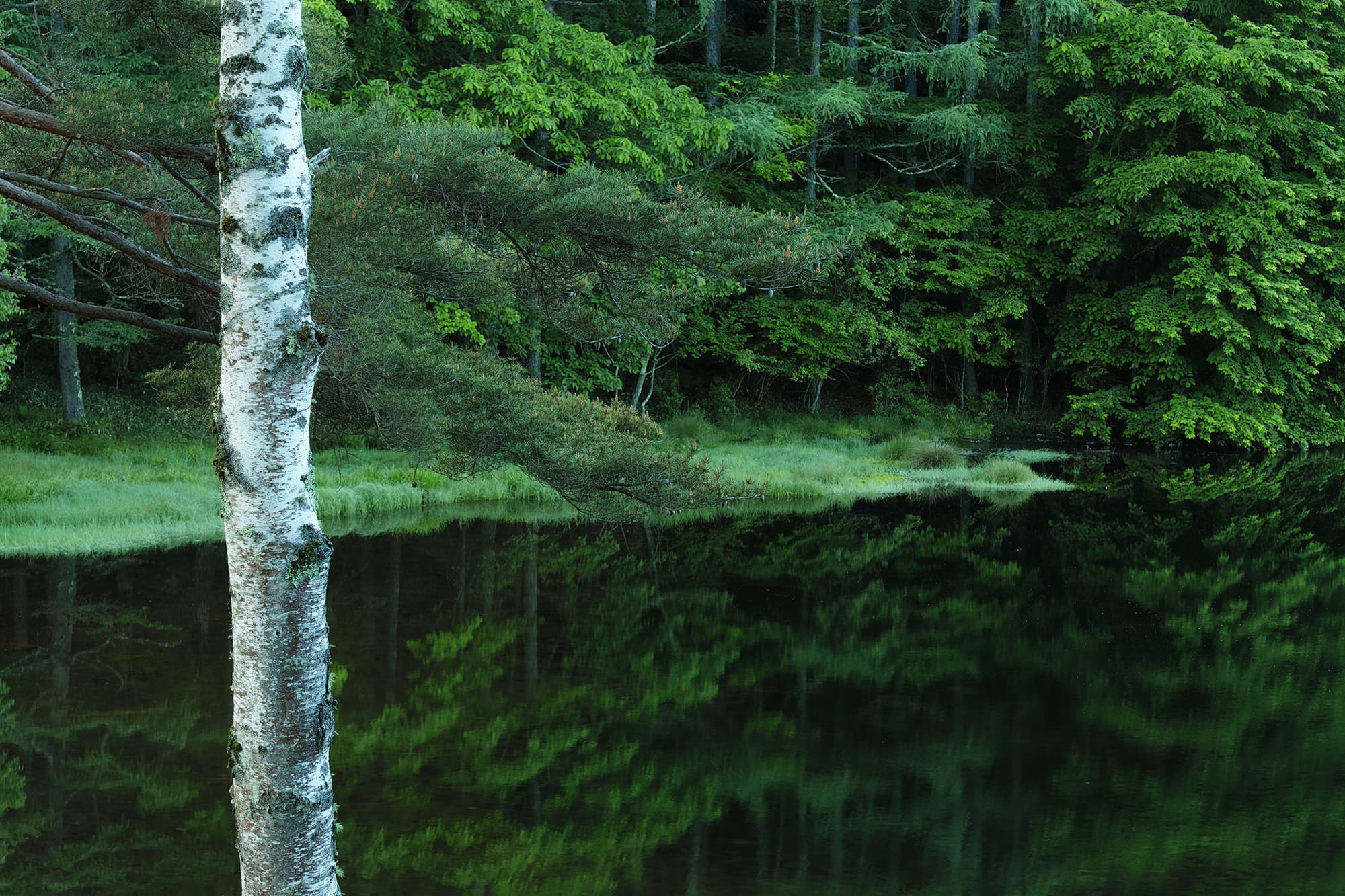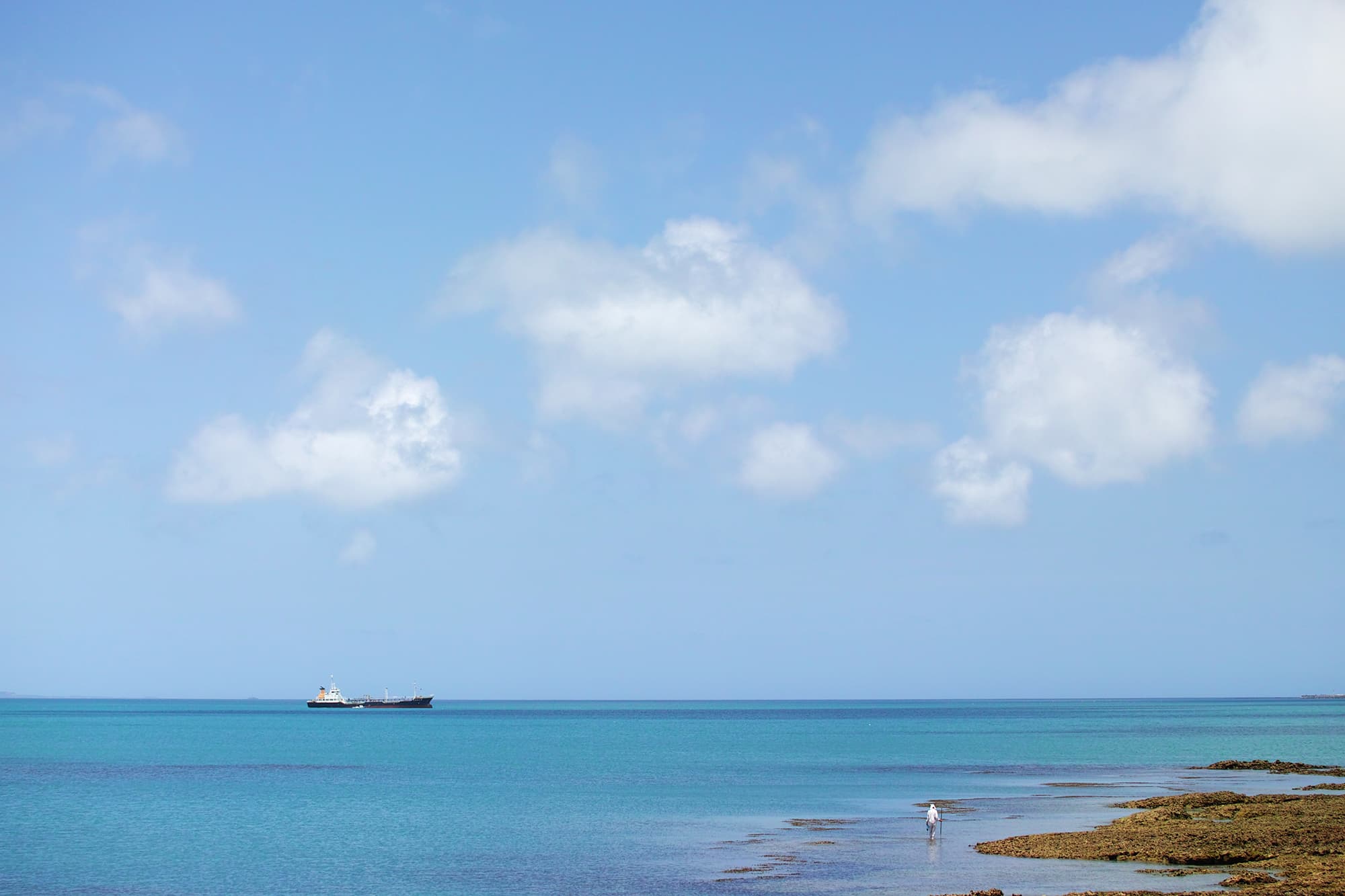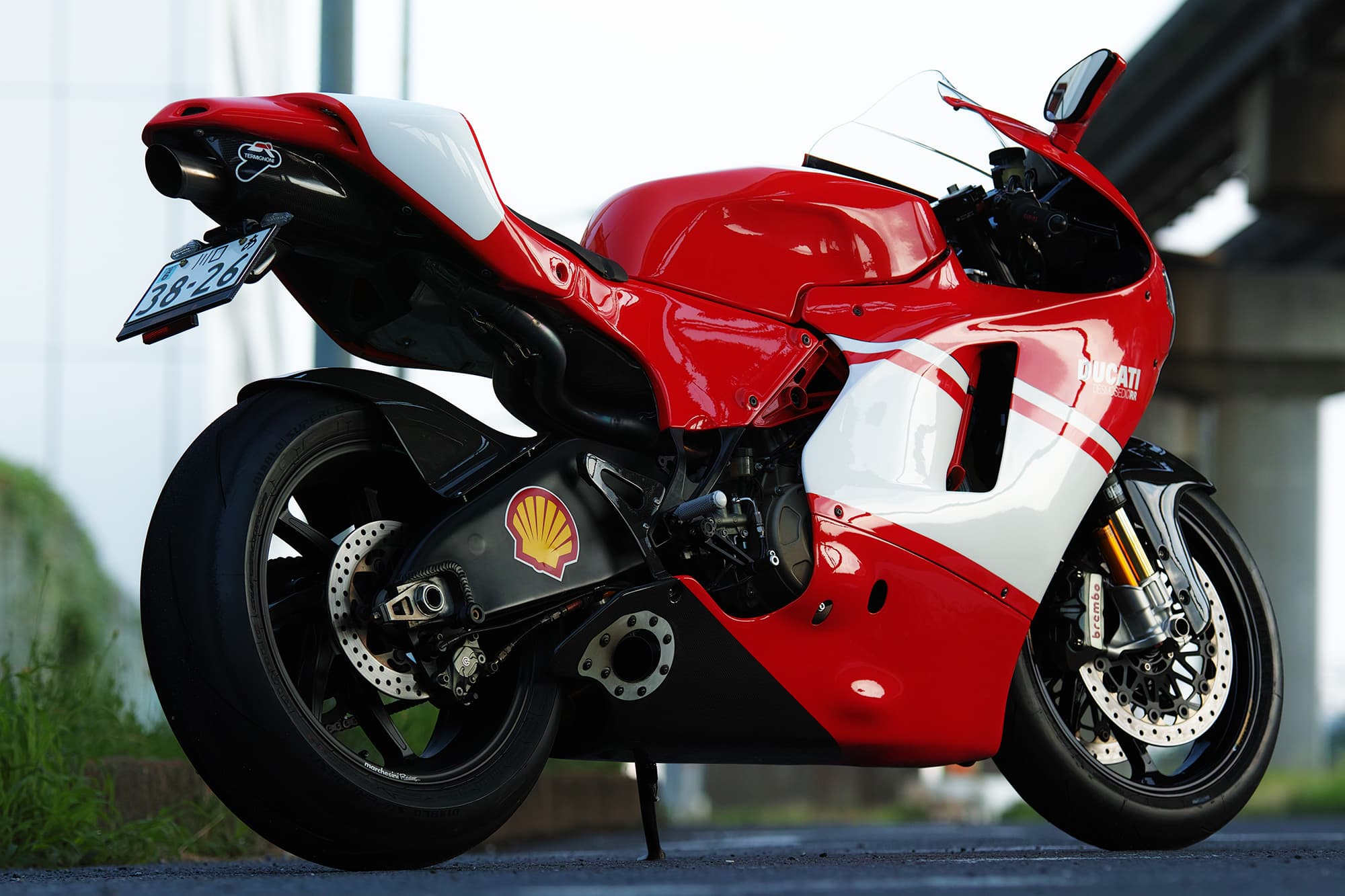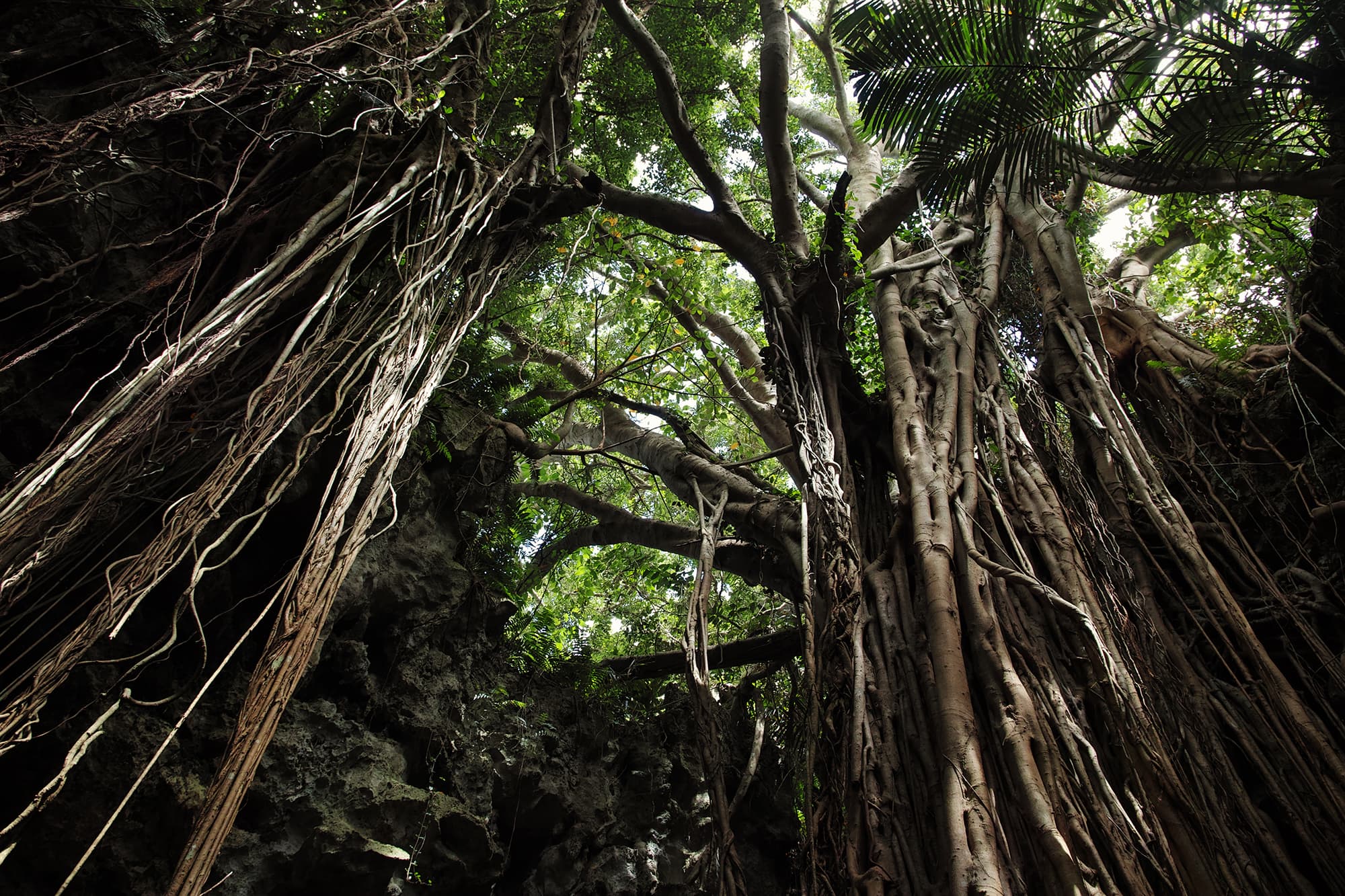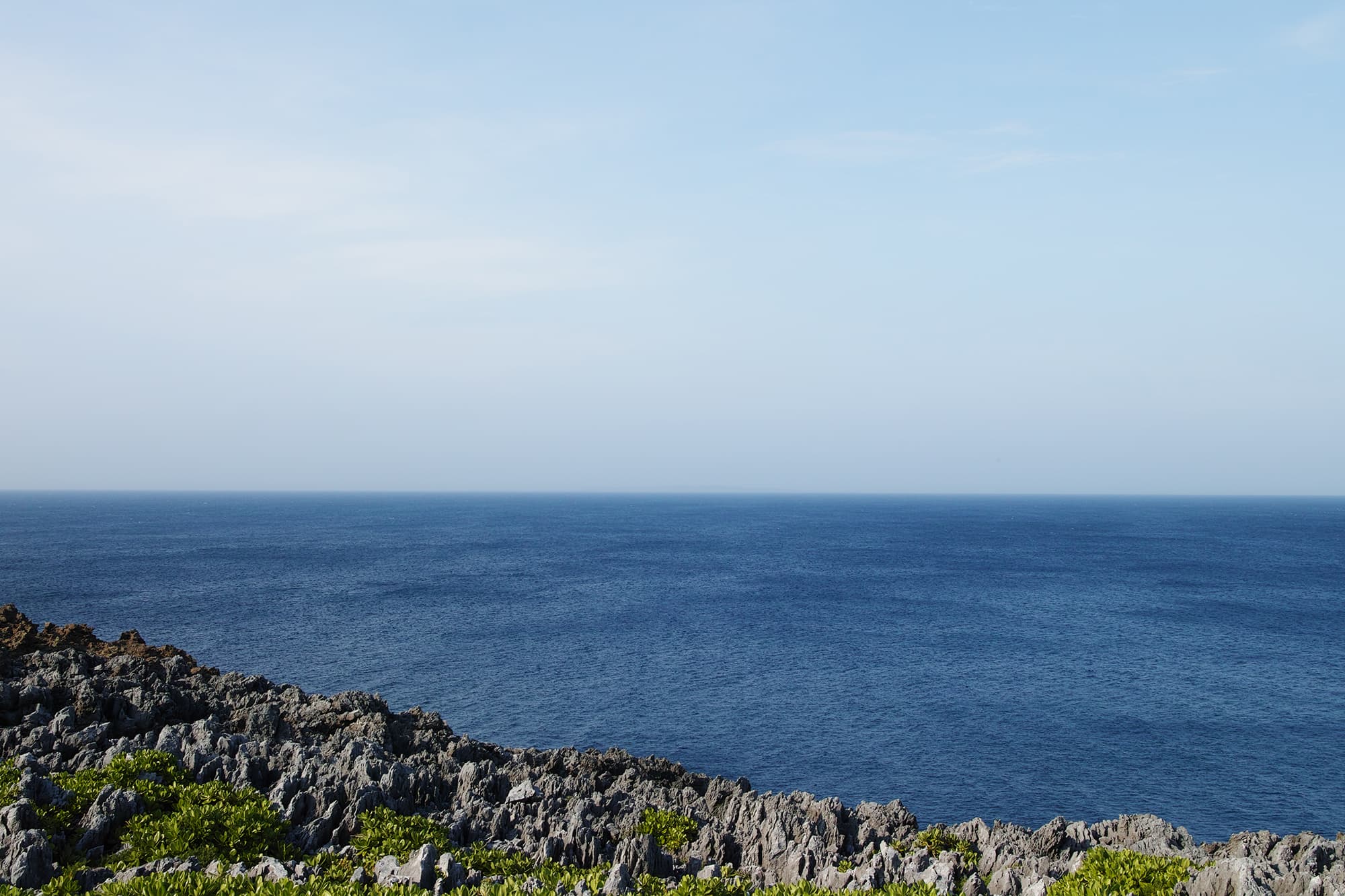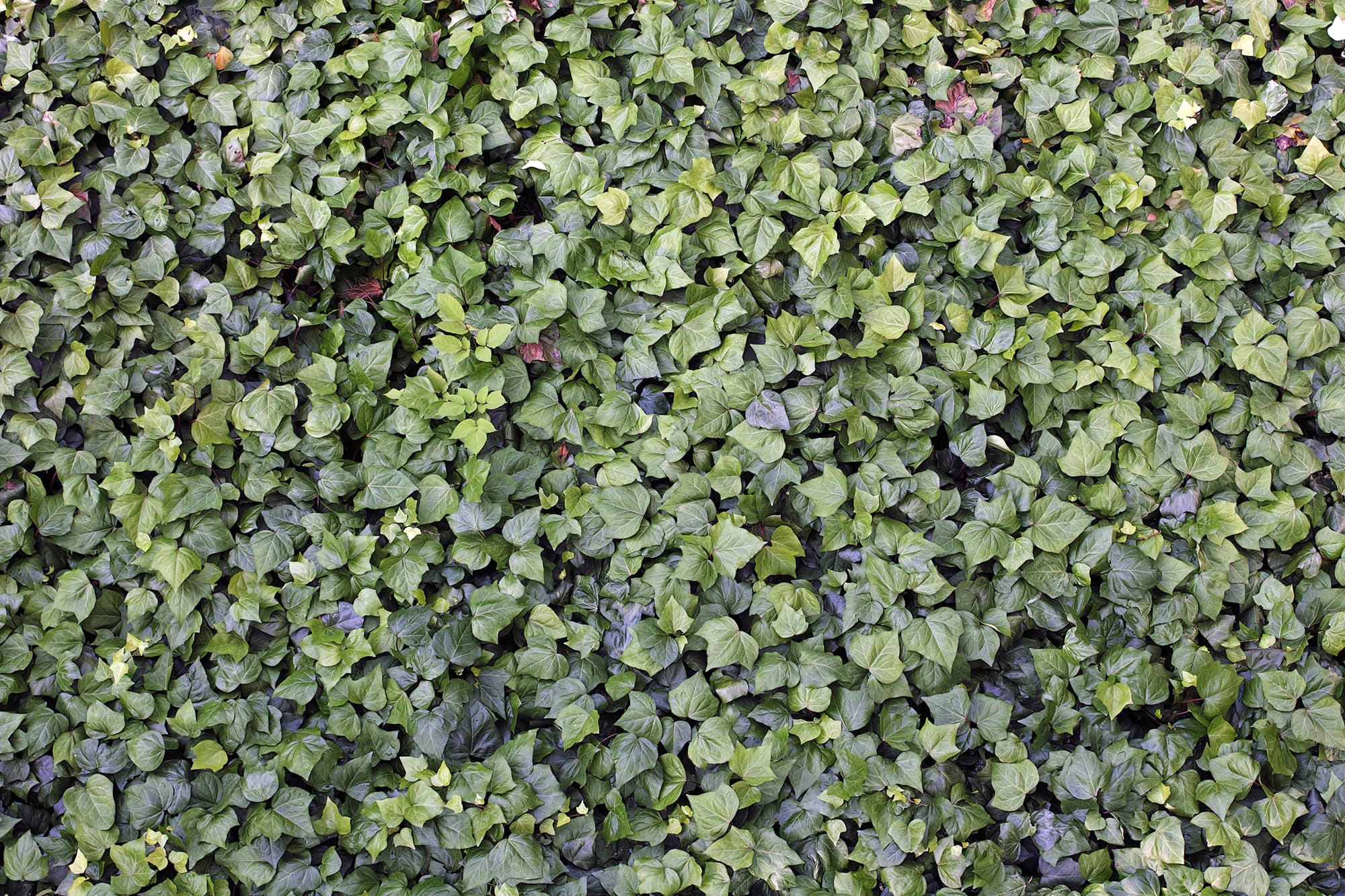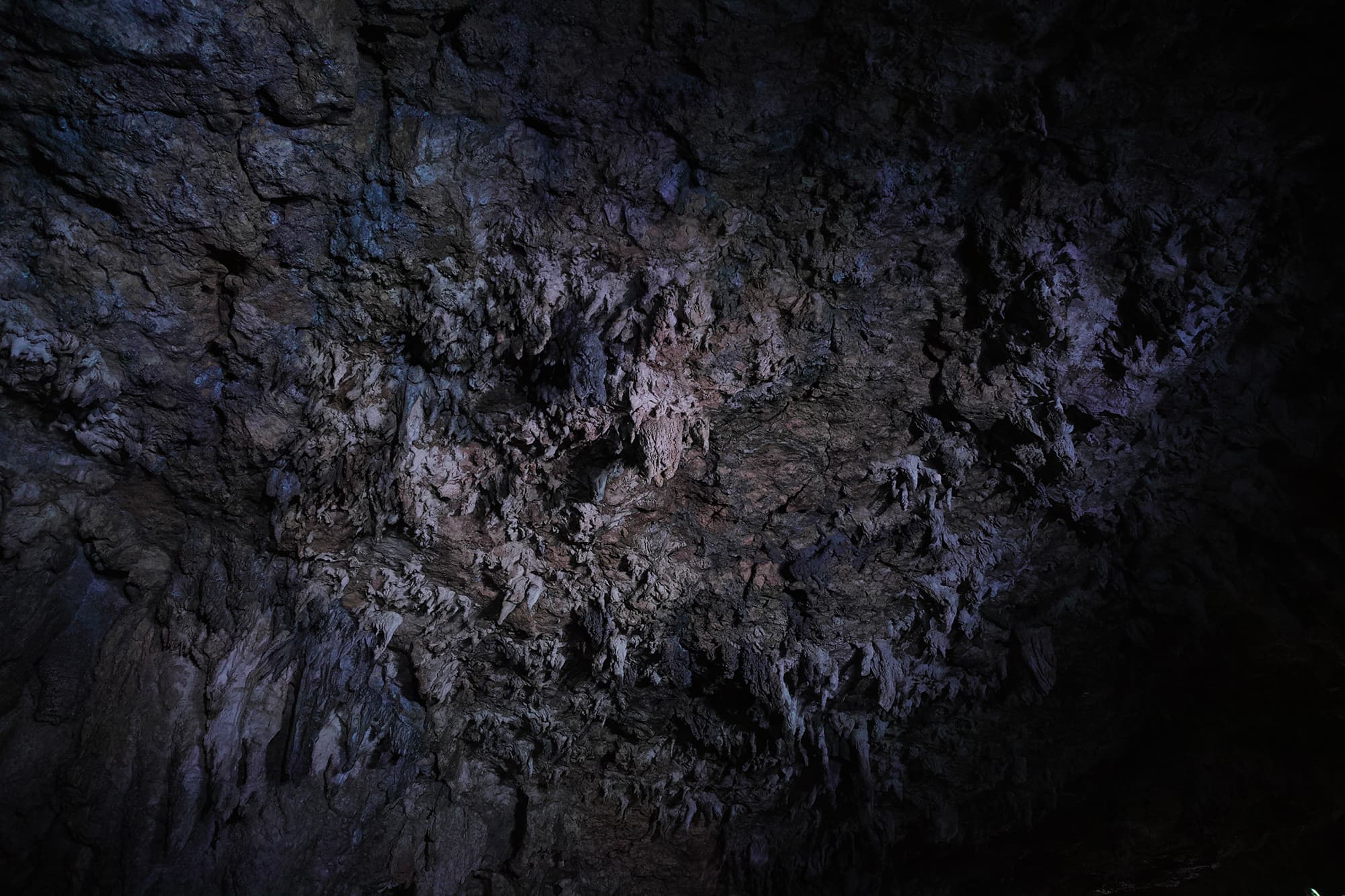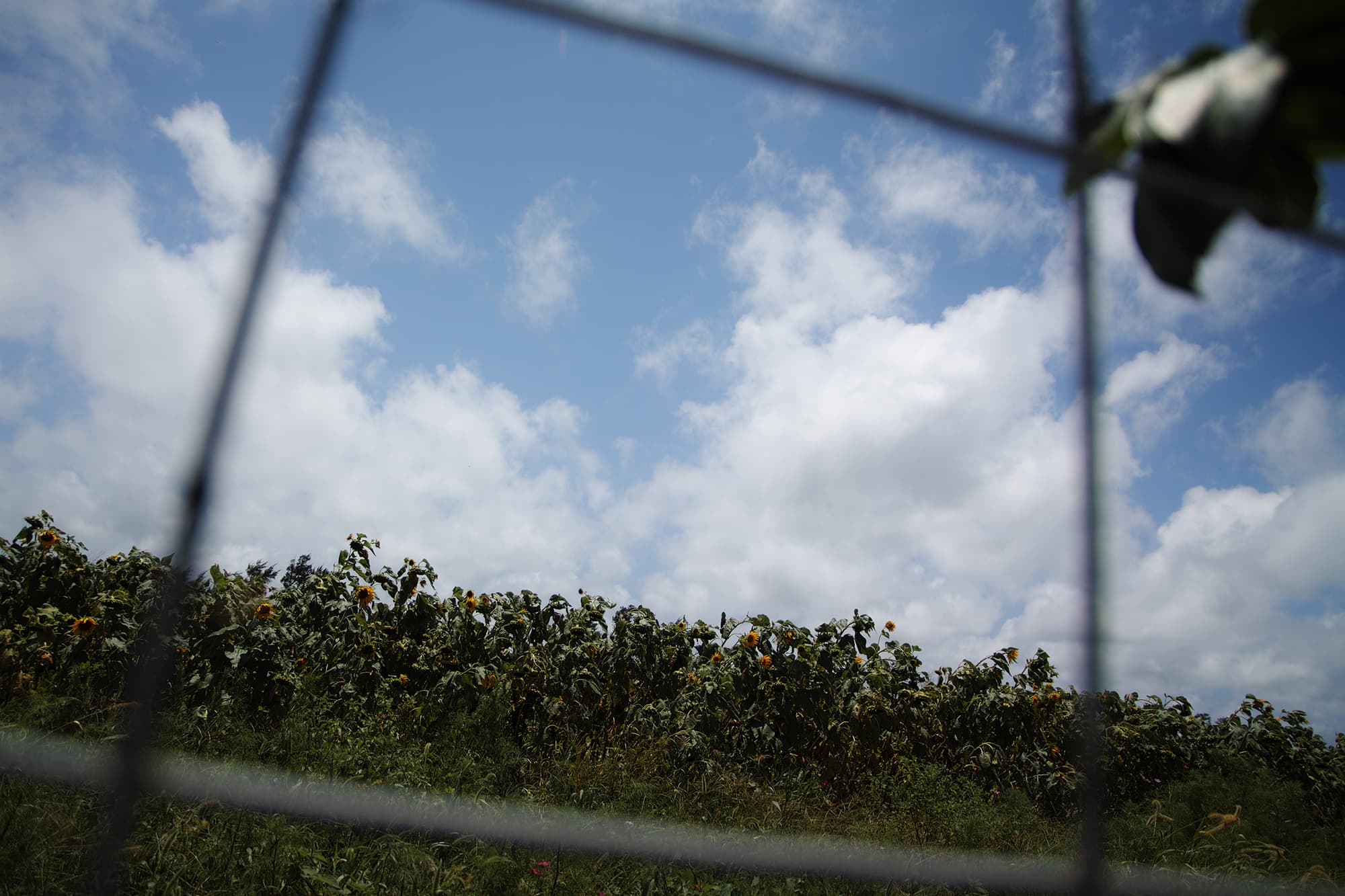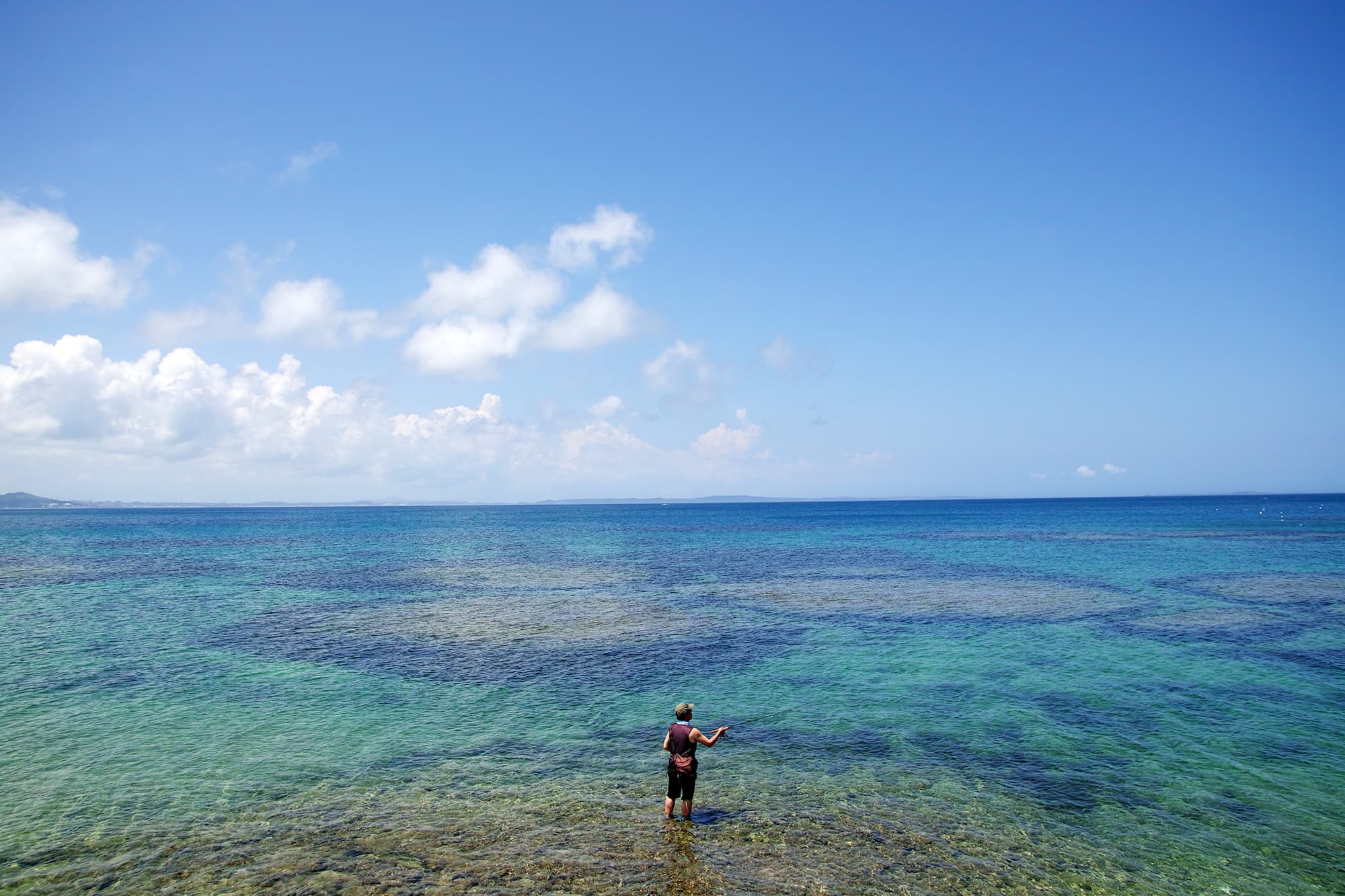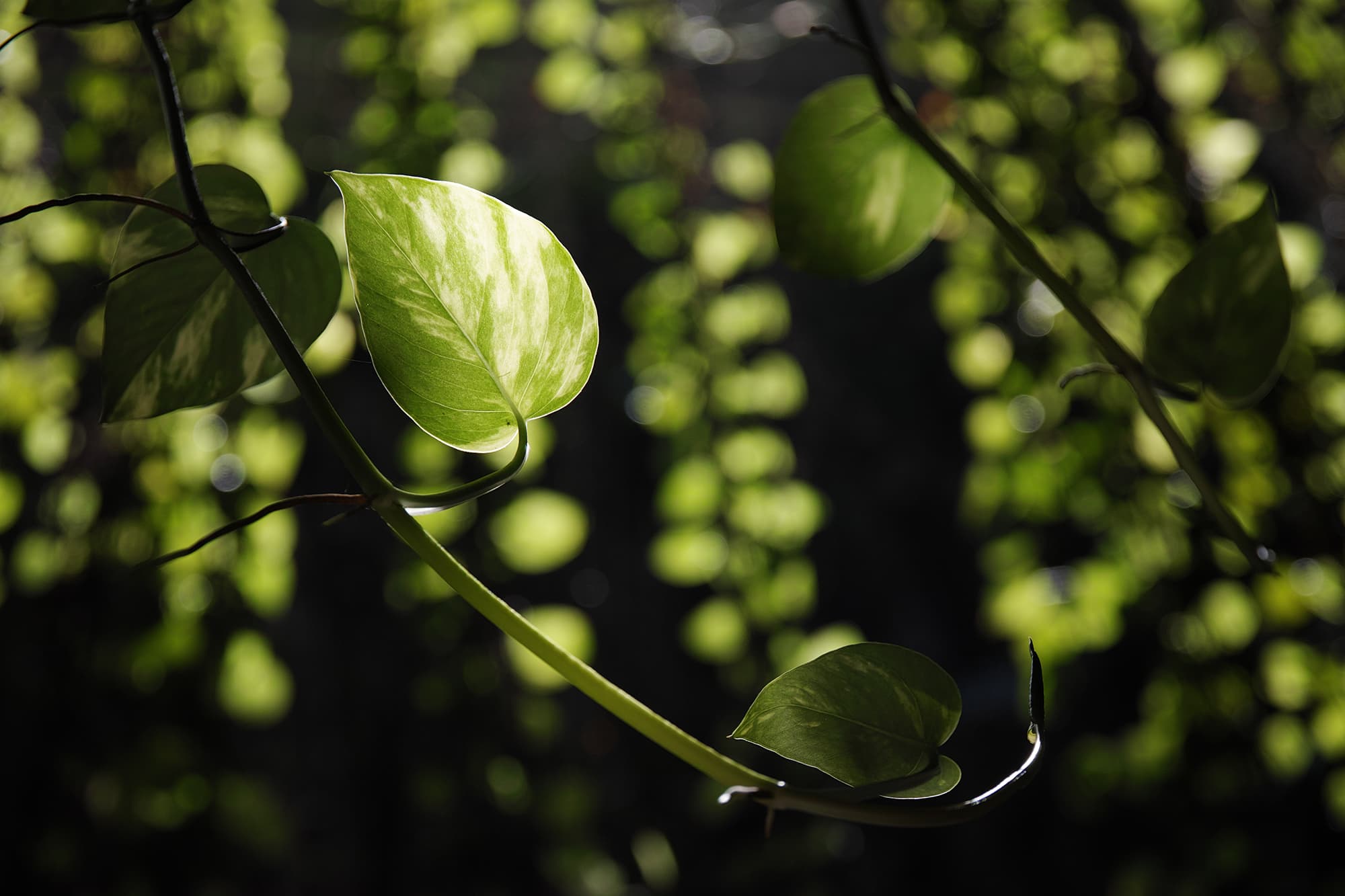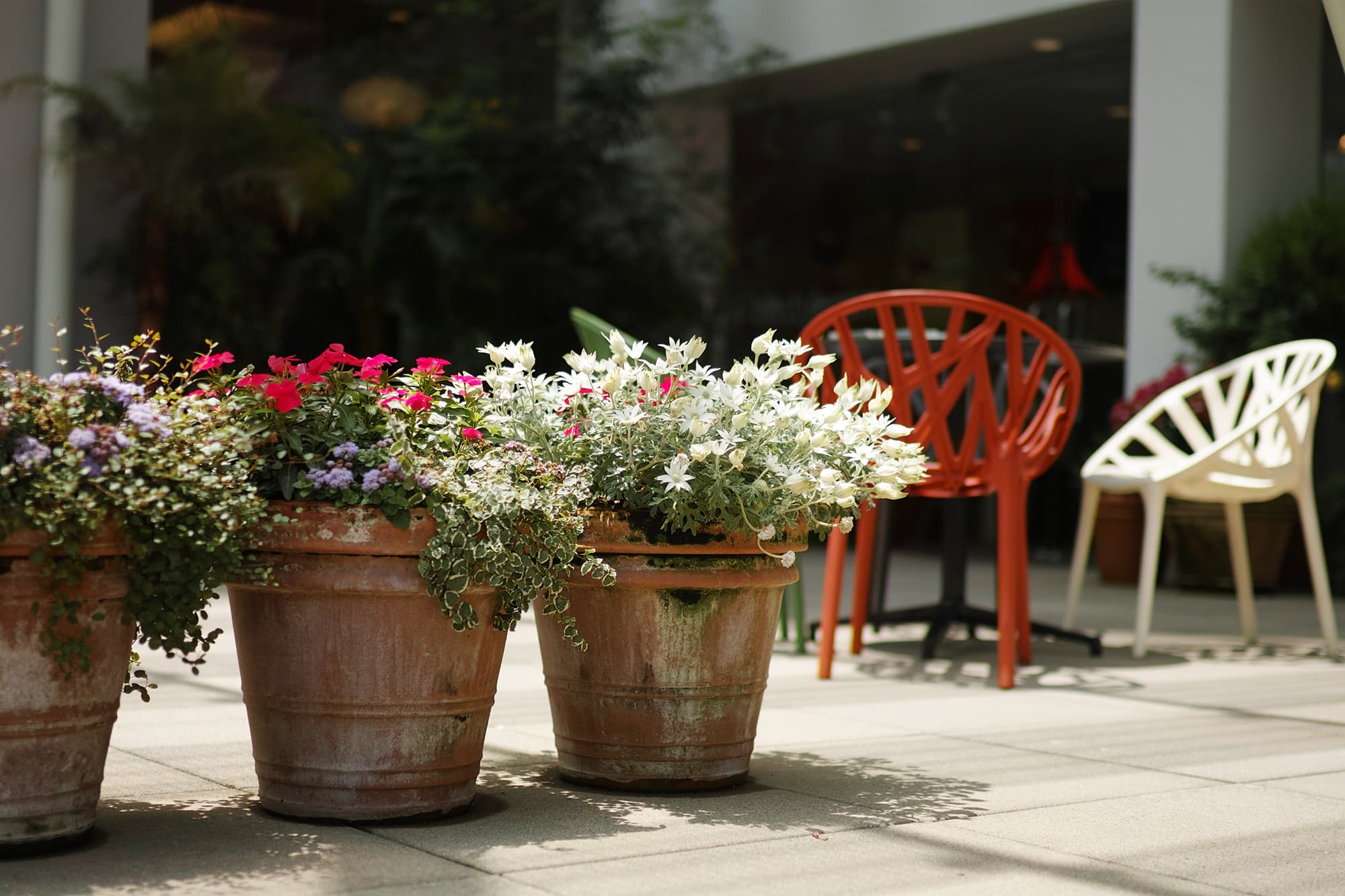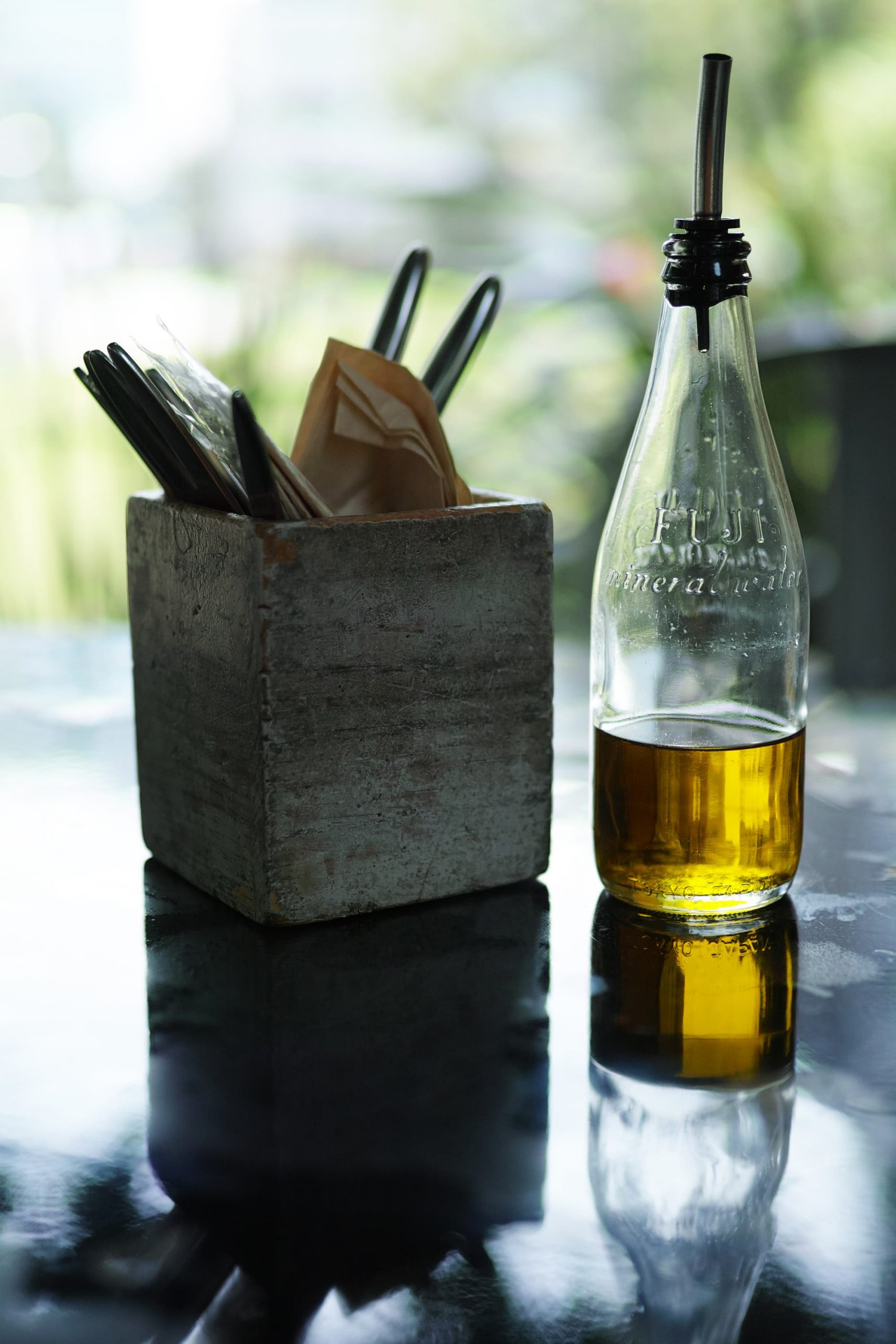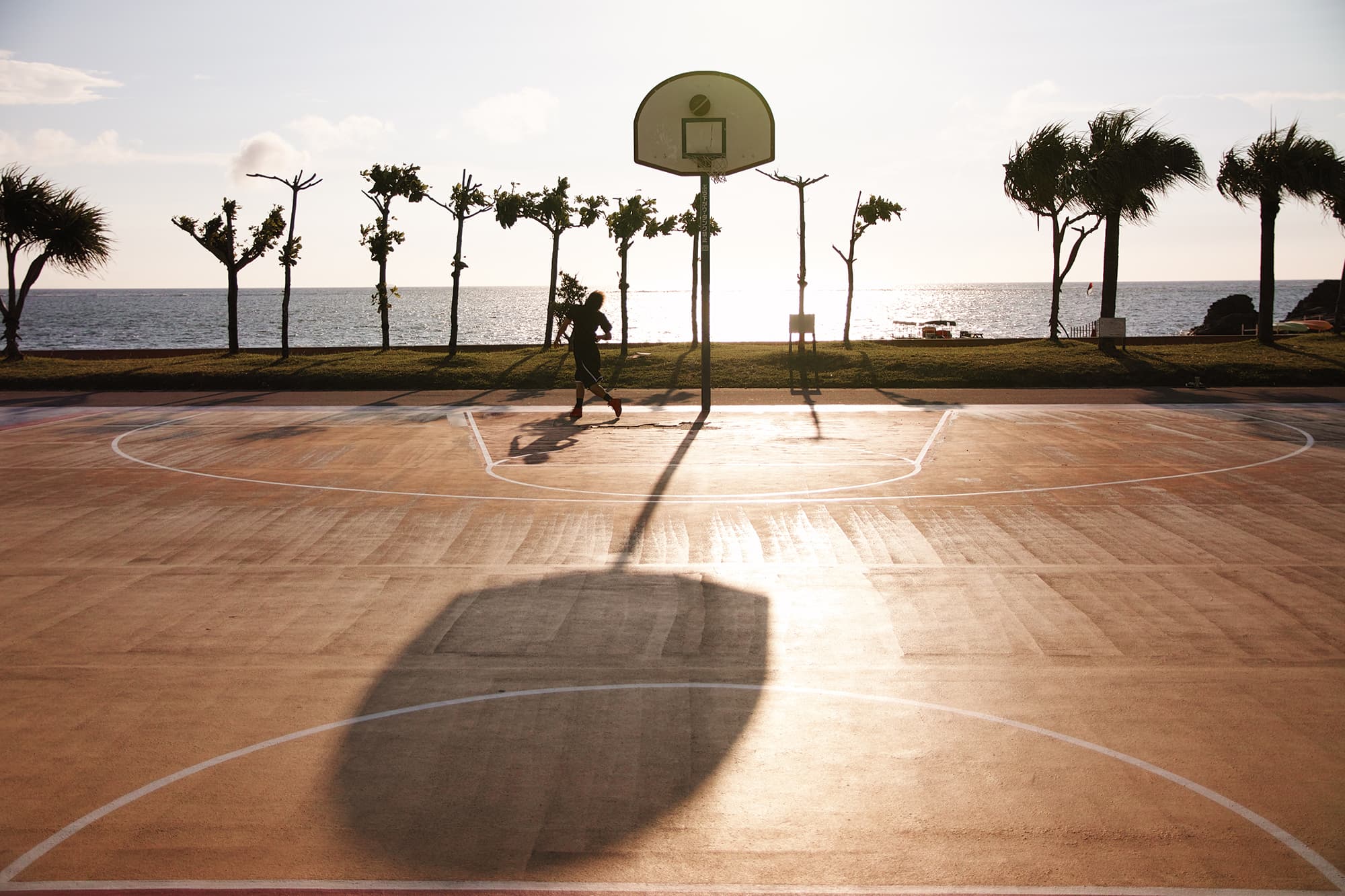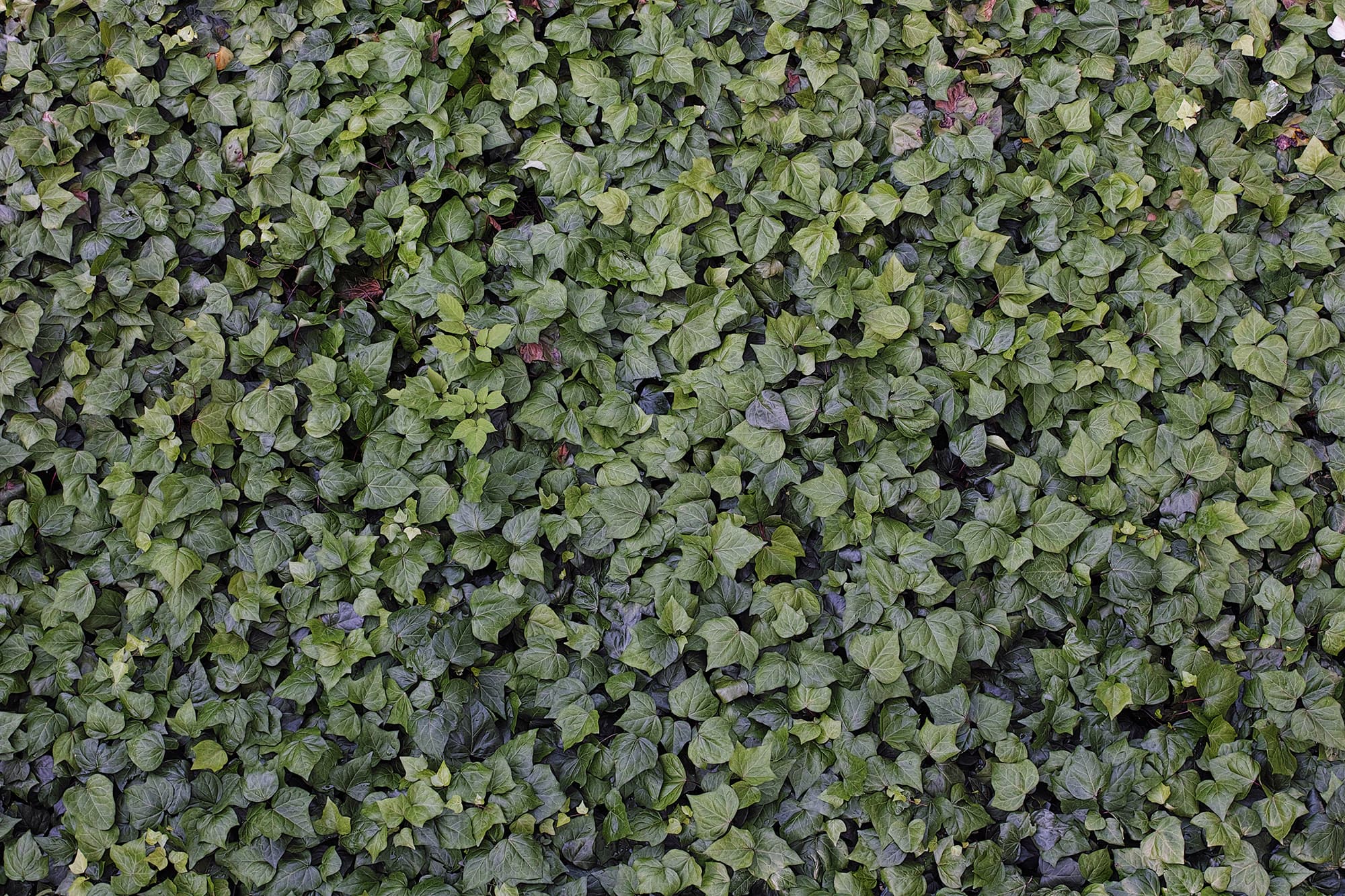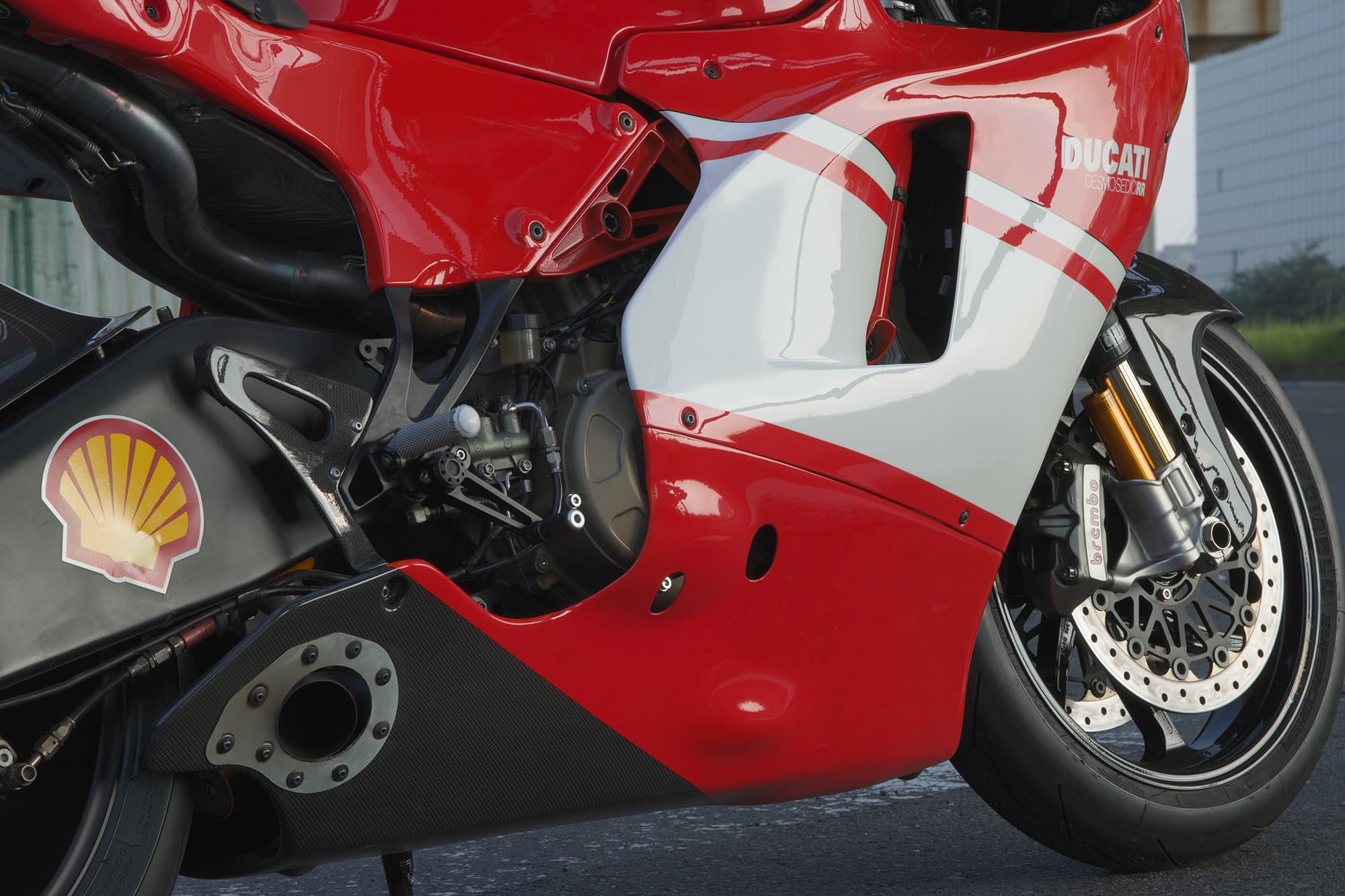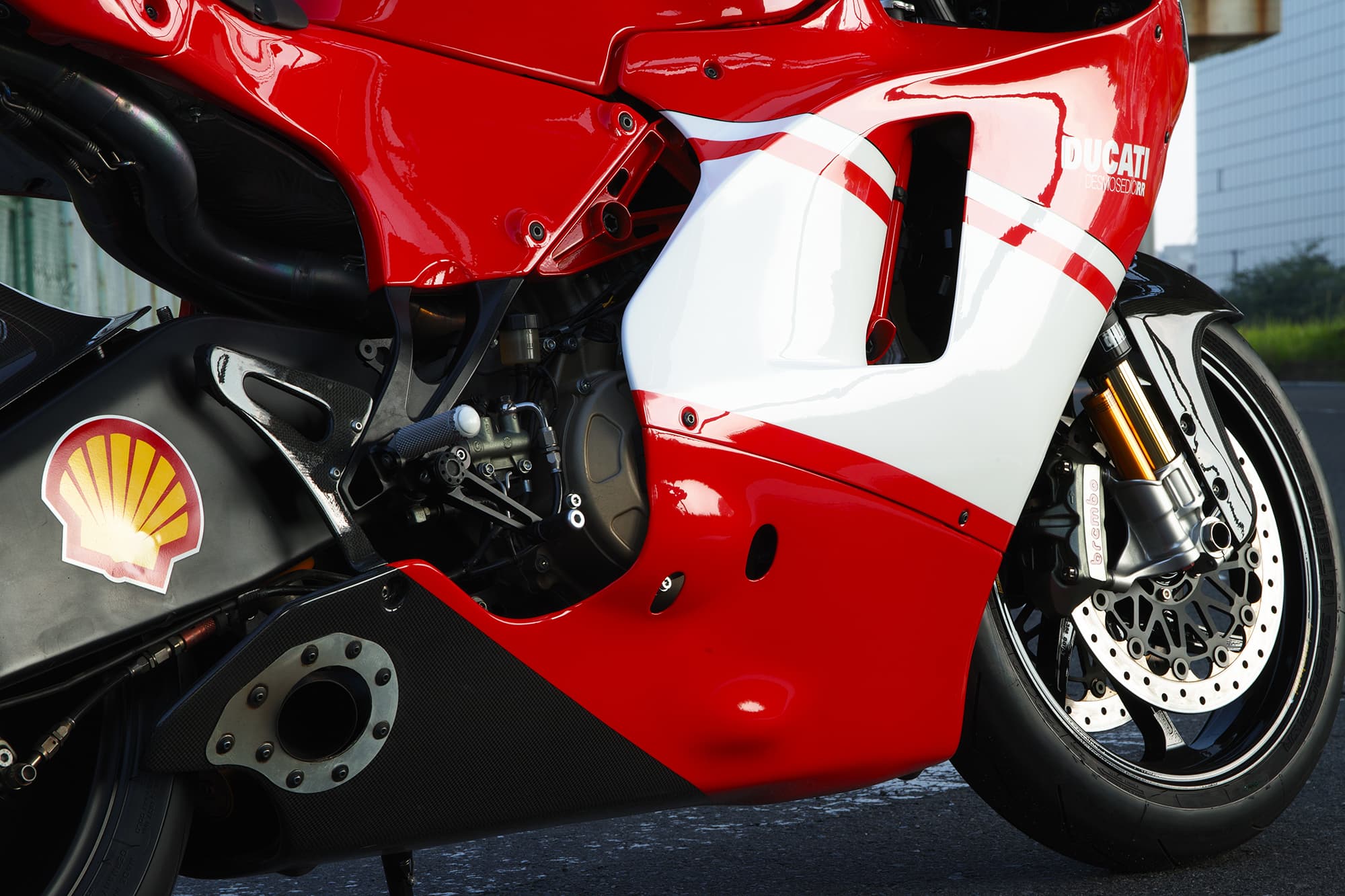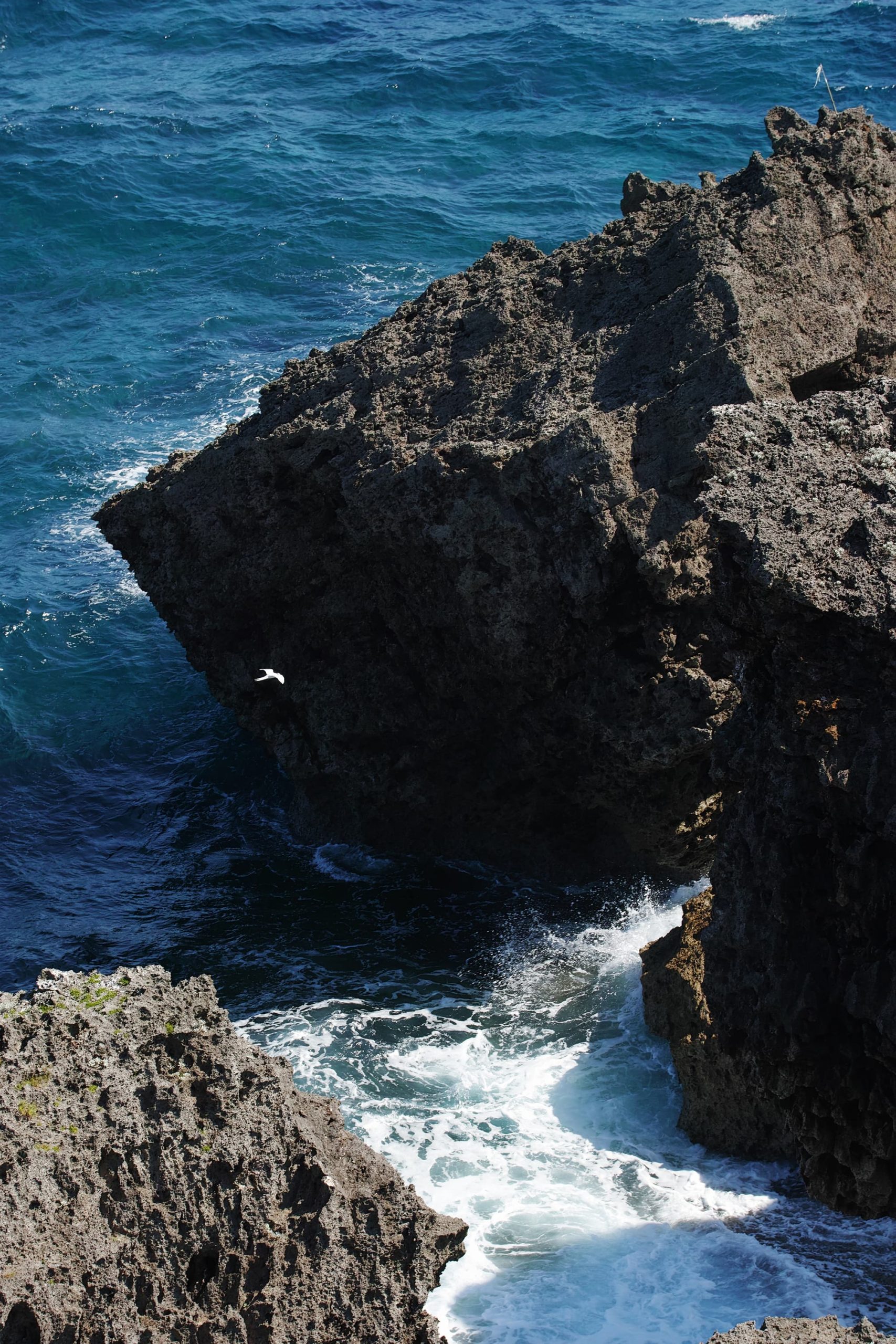

sd Quattro Impression Vol.01
The all-new sd Quattro is a mirrorless camera and has a decapitalized model name just like the dp series. There’s no change in the flange focal distance. It takes all lenses in the new lineup including the ones whose functions become limited. So at first, I doubted if many users consider this model as a camera made by just removing a mirror from the previous pure SLR camera. Now, my candid impression on this camera is "normal evolution.” The cohesive design is a great example of what is often said, "form follows functions” and feels much easier to use than the predecessor. Although the dp series with dedicated fixed-focal lenses is attractive, I have wanted to have its interchangeable-lens version. The sd Quattro is just that, and the latest super-performance SIGMA lenses make it so appealing.
I will report about the fascination of the sd Quattro three times including this one, which focuses on the concept, usability, and the power of Foveon sensor.

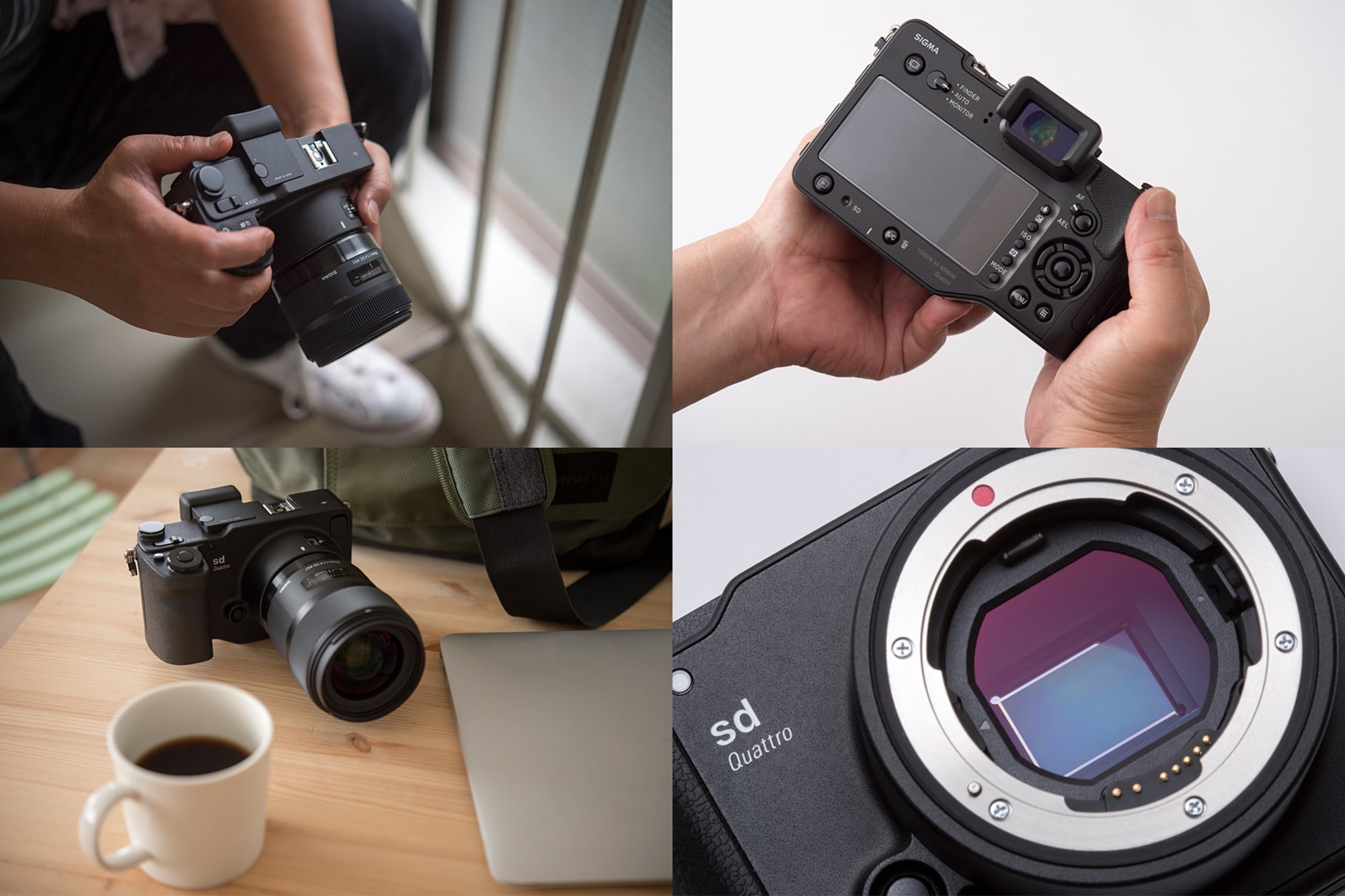
Purely "all-new"
The higher the number of pixels becomes, the more accurately we must focus on the subject. And, once we experienced the magnification of focus point on the EVF of a mirrorless camera, we don’t want to shoot without it anymore and become more sensitive to mirror shocks. We also want the body to be as small as possible. The sd Quattro is more than a camera without mirror: this is all new full-fledged "mirrorless camera.” Because SIGMA has a solid record of making compact cameras with a large sensor, the time is ripe. The body shape is well-designed and I was particularly impressed by the shape of the grip because it fits anyone’s hand and feels so comfortable. It makes a perfect sense to have a good holding because it takes SLR lenses and we cannot always make the most of the high image quality without it particularly with a compact camera. Quite naturally, we want to shoot handheld more often if the body is compact. It still feels solid even with a big lens. Of course, it’s difficult to shoot a long lens like the 500mm handheld, but it looks very nice with fixed-focal lenses like the Art series because of their high quality finish. The usability is well thought out. The operation is not lightning fast, but has improved dramatically from the predecessor. Anyway, I just cannot imagine how they downsized to this extent. This camera is like nothing else. It’s compact, interchangeable-lens, and generates unparalleled quality images captured by the Foveon sensor. Now, time to shoot.
The color and tone – Foveon sensor's specialty
Wet green. Gradation between pink and purple of hydrangea. Tropical turquoise blue. They are hard to reproduce with cameras with conventional sensors. With a Foveon camera, they are literally "True Colors.”And, this "red” may be the toughest one to reproduce with digital cameras in general because it’s prone to color saturation, gets cloudy and too dark in the shadow when underexposed, and loses gradation is lost if tone curve is adjusted. If you want to shoot red, go for the Foveon.
Natural and precise resolution
Foveon cameras had outstanding sharpness since the first model. The resolution is clearly different form other sensors because the drawing line is extremely thin and natural thanks to its structure of the sensor. Although sharpness is very high by default with the Foveon, it can be raised to the maximum without becoming unnatural.
As far as I know, no other cameras can resolve all the way to the ruffles offshore. If you want something equivalent with a 35mm full frame sensor, you need at least 50 megapixels.
What I meant by "it (sharpness) can be raised to the maximum” is that I can adjust sharpness most naturally with software. When making big enlargement prints, I raise sharpness to become more than razor sharp on the monitor. Images taken with the Foveon sensor look natural on the monitor even after the extreme sharpening. If you have a chance, try unsharp-masking the images shot with other cameras to learn the big difference.
Even though I raised the sensitivity to ISO400 in lowlight, the loss of resolution is minimal.
Realistic rendition
Color reproduction with breathtaking reality, delicate reproduction of gradation, and high resolution prove the ability of this camera to capture continuum tone of light (though it is sometimes intermittent) with a high sampling rate. As a result, it can reproduce the shape realistically. It’s more than the reproduction of 3-dimension and atmosphere. It’s not just a 2D image converted from 3D. It looks just like what we see with the naked eye. The essence of the sd Quattro is this synchronization of color reproduction, gradation, and resolution.
If it’s humid and the light is flat/diffused, the mid-tone lacks clarity just like the real scene. If the weather is clear and the light is straight, the image looks incredibly clear as well. In short, this camera captures the scene as realistic as possible and this ability has improved more than ever. The sensor is so tough and relentless on lenses that it is capable of capturing micro level of aberrations, even though they check all lenses with their Foveon-based measuring device. The aberrations are hard to detect with other sensors. In order to solve this issue with the Foveon cameras, the may need to replace their current device with something even better. Still, thanks to the current updates of SIGMA lenses, it’s true that we can use them wide open without worries.
As I look at the images shot with this camera, I realize that light never stops changing. Maybe photographers are prisoners of light. Whenever I hold this camera, I just cannot help shooting because it takes superb images.
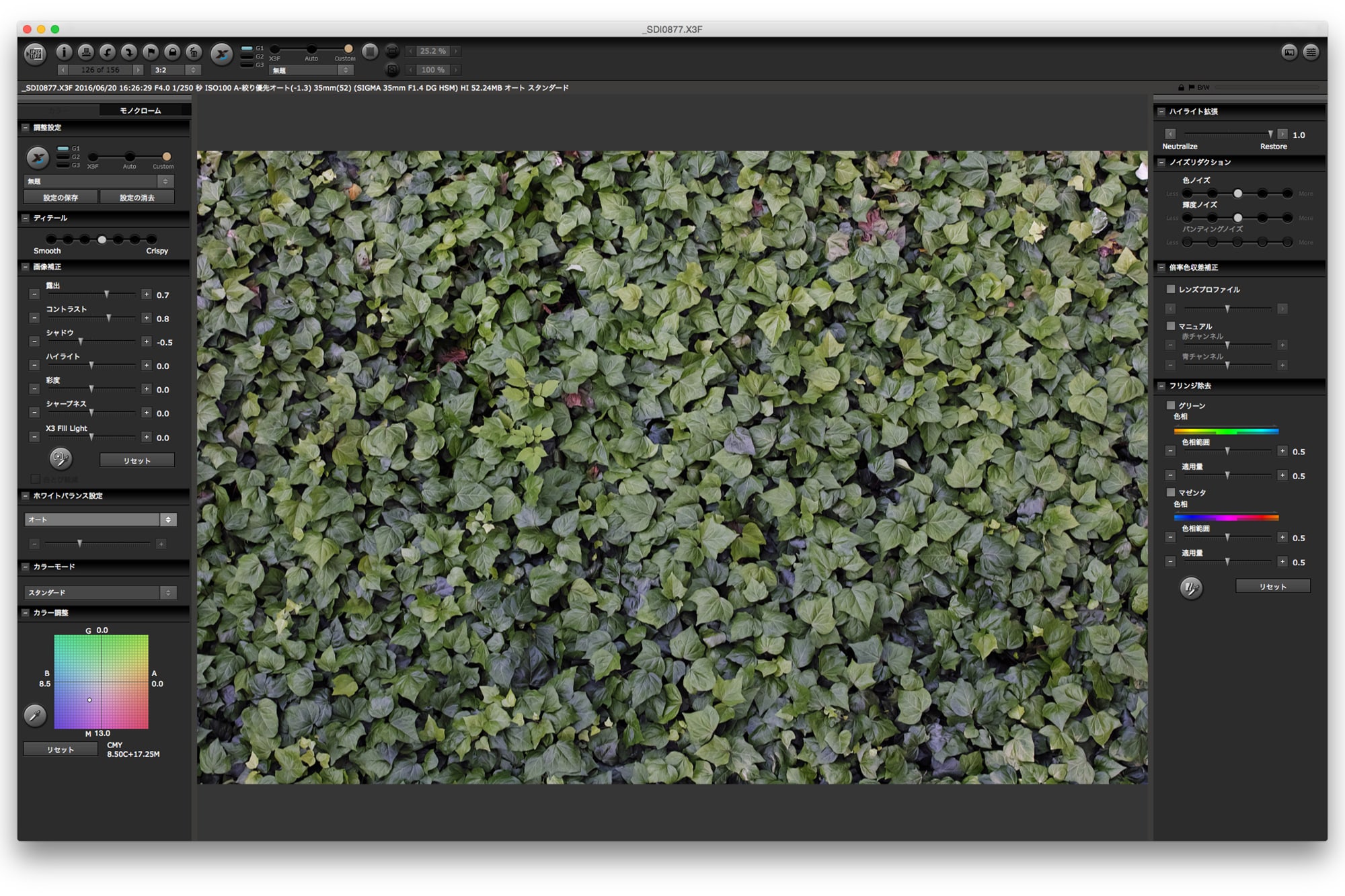
New detail function

SIGMA users are familiar to developing RAW data. The software now features the new "detail” function that takes advantage of the Foveon sensor. I don’t know about it in detail, but as far as I tested, I found it works like the clarity control of conventional software or the unsharp mask although the effect is slightly different. Because of the thin drawing line and natural rendition, you can control sharpness freely. The image below was made by maximizing it.
You can add the effect fully with a subject like this although you may want to stop short of the maximum for viewing on a monitor. Anyway, I suggest you to try it with a variety of subjects.
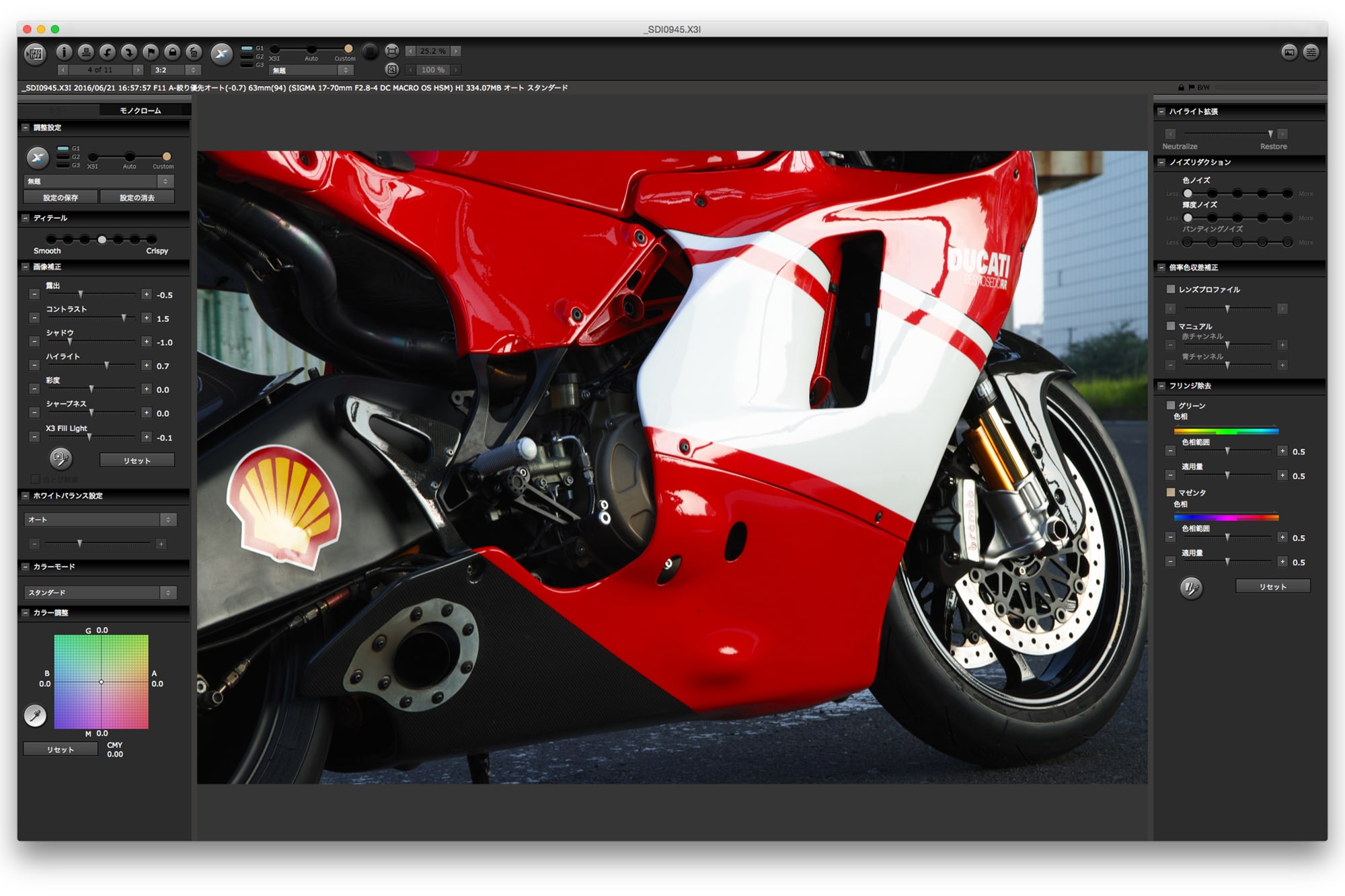
New SFD function
The new SFD function is designed to reduce noise and extend dynamic range by taking seven bracket shots. It’s so-called composite photograph, but unlike HDR, this one is meant to pursue reality. Operation is quite simple. Select the SFD mode on the menu, press the shutter button, and the camera does the bracketing to generate an "X3I” file. Open it with software, and you get the preview made with the "AUTO” setting by automatically adjusting the parameters. You can also capture single X3F files from the X3I file. Take a look at the outputs below. From the top, developed with no adjustments, developed with adjustments, and the single shot. You always need a tripod and may have a difficulty in shooting moving subjects. But, it’s a great asset to shoot still subjects with rich gradation and low noise.
Developed with no adjustments (AUTO)
Developed with adjustments. Very deep and sexy color reproduction.
The single shot. It looks wonderful enough, but the SFD image has more depth.
Transcendental image quality within reach
Compared to the fixed-lens dp series, the sd Quattro is free from the restriction of angle of view thanks to the rich lens lineup and its EVF lets you check focus precisely. Its processing speed has become faster than ever and the battery life is long enough to support shooting all day long. The sd Quattro is a camera that made the transcendental image quality achieved by the Foveon sensor even more accessible.
SIGMA makes amazing lenses including the Art series. I want to test the potential of this camera so bad. In this report I summarized the quality of this brand new Foveon-sensor camera and plan to make two more reports because there’re so many subjects I want to shoot with it. Please come back.
As I was about to finish writing this report, they told me about the sales price… I was shocked because the high cost performance can’t be hoped elsewhere. I urge you to take opportunity to a look inside the world of realistic photography SIGMA presents.
